-
 Bitcoin
Bitcoin $83,340.5735
4.40% -
 Ethereum
Ethereum $1,567.5957
2.44% -
 Tether USDt
Tether USDt $0.9995
0.03% -
 XRP
XRP $2.0241
2.36% -
 BNB
BNB $588.7605
2.03% -
 Solana
Solana $120.9413
6.83% -
 USDC
USDC $0.9999
0.00% -
 Dogecoin
Dogecoin $0.1606
4.14% -
 TRON
TRON $0.2433
2.83% -
 Cardano
Cardano $0.6273
3.33% -
 UNUS SED LEO
UNUS SED LEO $9.3882
-0.21% -
 Chainlink
Chainlink $12.6948
4.96% -
 Avalanche
Avalanche $19.1208
4.38% -
 Toncoin
Toncoin $2.9666
0.48% -
 Stellar
Stellar $0.2348
1.73% -
 Shiba Inu
Shiba Inu $0.0...01225
4.94% -
 Sui
Sui $2.2053
4.98% -
 Hedera
Hedera $0.1684
-0.43% -
 Bitcoin Cash
Bitcoin Cash $312.4889
7.16% -
 MANTRA
MANTRA $6.3867
-0.35% -
 Litecoin
Litecoin $76.2336
3.63% -
 Polkadot
Polkadot $3.5575
1.96% -
 Dai
Dai $1.0000
0.02% -
 Hyperliquid
Hyperliquid $15.7303
10.12% -
 Bitget Token
Bitget Token $4.3140
2.46% -
 Ethena USDe
Ethena USDe $0.9988
0.03% -
 Pi
Pi $0.6178
4.84% -
 Monero
Monero $205.6904
2.51% -
 Uniswap
Uniswap $5.2580
4.28% -
 OKB
OKB $53.4003
1.09%
How to set the transaction fee of SafePal S1?
SafePal S1 displays estimated transaction fees set by the blockchain network; you can't adjust them directly but can cancel if fees are too high.
Apr 03, 2025 at 09:50 pm
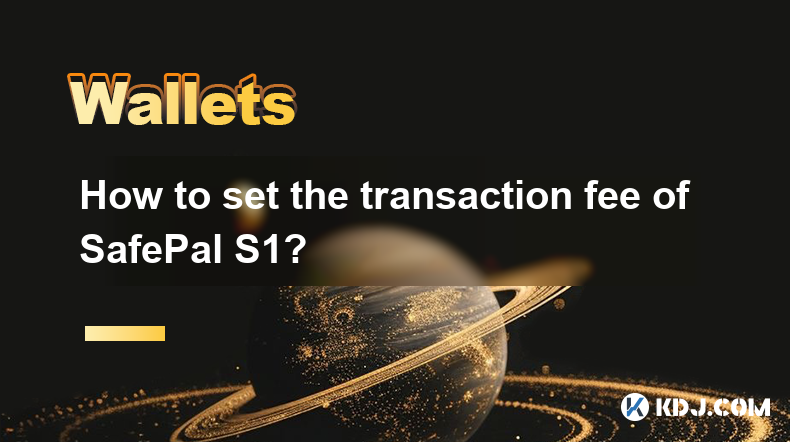
Understanding Transaction Fees on SafePal S1
The SafePal S1 hardware wallet doesn't directly allow you to set a specific transaction fee in the same way you might on a software wallet or exchange. Instead, the fee is determined by the underlying blockchain network you're using (e.g., Ethereum, Binance Smart Chain). The SafePal S1 simply displays the estimated fee calculated by the network before you confirm the transaction. This fee compensates miners or validators for processing and verifying your transaction. Higher fees generally result in faster transaction confirmations.
Factors Affecting Transaction Fees
Several factors influence the transaction fee suggested by the SafePal S1:
Network Congestion: When many transactions are being processed simultaneously, the network becomes congested, leading to higher fees. Think of it like rush hour traffic; more cars mean slower speeds and potentially higher tolls.
Transaction Size: Larger transactions (e.g., those involving many tokens or large amounts of cryptocurrency) generally incur higher fees. This is because they require more computational resources to process.
Gas Price (for Ethereum-based networks): On Ethereum and compatible blockchains, the gas price is a crucial component of the transaction fee. It represents the cost per unit of computational work required for your transaction. A higher gas price increases your chances of faster confirmation.
Priority: Some networks allow you to prioritize your transaction by offering a higher fee. This increases the likelihood of miners selecting your transaction for inclusion in the next block, leading to quicker confirmation.
Navigating the Transaction Fee on Your SafePal S1
The SafePal S1 will display the estimated transaction fee before you sign and confirm a transaction. You can't directly manipulate this fee on the device itself. The process is as follows:
Initiate Transaction: Begin the process of sending cryptocurrency from your SafePal S1. This usually involves selecting the recipient address, the amount, and the cryptocurrency.
Review Transaction Details: Before confirming, carefully review all transaction details displayed on the SafePal S1 screen, including the estimated network fee.
Confirm or Cancel: If you're satisfied with the displayed fee and other details, confirm the transaction. If the fee is too high, you can choose to cancel and try again later, hoping for lower network congestion. Remember, you cannot adjust the fee directly within the SafePal S1 interface.
Waiting for Confirmation: After confirmation, your transaction will be broadcast to the network. The time it takes to confirm will depend on the network's current state and the fee you indirectly paid (via the network's automatic fee calculation).
Understanding Gas Fees on Ethereum and Compatible Chains
For Ethereum and similar networks, the concept of "gas" is central to understanding transaction fees. Gas is a unit of measurement representing the computational work required for a transaction. The gas price is the cost per unit of gas. The total transaction fee is the product of the gas used and the gas price.
Gas Limit: This is the maximum amount of gas you're willing to spend on your transaction. If the transaction requires less gas than the limit, you'll only pay for the gas consumed.
Gas Used: This is the actual amount of gas consumed during the transaction's execution. It's determined by the complexity of the transaction.
Gas Price: As mentioned earlier, this is the cost per unit of gas. It's dynamically determined by the network based on demand. Choosing a higher gas price generally leads to faster transaction confirmation.
The SafePal S1 will automatically estimate the gas limit and gas price, resulting in the total transaction fee. You do not manually input these values on the SafePal S1 itself. You only review and confirm the total fee presented.
Dealing with High Transaction Fees
If you encounter unexpectedly high transaction fees, there are several things you can do:
Wait for a less congested period: Network congestion is a primary driver of high fees. Try sending your transaction during off-peak hours.
Check gas price trackers: For Ethereum and compatible networks, various websites and tools track current gas prices. This information can help you anticipate potential fees.
Consider alternative networks: If possible, consider using a different blockchain with lower transaction fees.
Frequently Asked Questions
Q: Can I manually adjust the transaction fee on my SafePal S1?
A: No, the SafePal S1 hardware wallet does not allow you to directly set the transaction fee. The fee is determined by the network and displayed for your review and approval before transaction confirmation.
Q: What happens if I cancel a transaction after seeing the fee?
A: Canceling a transaction before confirmation prevents it from being sent to the network. You will not be charged any fees.
Q: Why are transaction fees so high sometimes?
A: High transaction fees are usually due to network congestion. Many transactions competing for processing simultaneously drive up the price.
Q: How can I get faster transaction confirmations?
A: Indirectly, by accepting a higher fee (as suggested by the network via the SafePal S1). The network prioritizes transactions with higher fees, leading to quicker processing.
Q: What if the transaction fails after I've paid the fee?
A: If a transaction fails, the funds are typically returned to your SafePal S1 wallet. However, the network fee is generally not refundable. The exact process depends on the specific blockchain used. Contact SafePal support if you experience persistent issues.
Q: Does the type of cryptocurrency affect the transaction fee?
A: Yes, different cryptocurrencies have different transaction fee structures and network congestion levels. Some networks are inherently more expensive to use than others.
Q: Where can I find more information about gas fees on Ethereum?
A: Numerous online resources provide real-time gas price tracking and information about Ethereum transaction fees. A simple web search for "Ethereum gas price" will yield many relevant results.
Disclaimer:info@kdj.com
The information provided is not trading advice. kdj.com does not assume any responsibility for any investments made based on the information provided in this article. Cryptocurrencies are highly volatile and it is highly recommended that you invest with caution after thorough research!
If you believe that the content used on this website infringes your copyright, please contact us immediately (info@kdj.com) and we will delete it promptly.
- The Lomond School in Scotland will accept Bitcoin (BTC) tuition payments
- 2025-04-12 07:10:13
- Investor Interest in Ripple Labs-Linked XRP Continues to Rise Following the Launch of the Teucrium 2x Long Daily XRP ETF
- 2025-04-12 07:10:13
- US Senate Draft Legislation Threatens to Hit Data Centers Serving Blockchain Networks and Artificial Intelligence Models with Fees
- 2025-04-12 07:05:13
- New US Senate Draft Legislation Threatens to Penalize Data Centers Serving Bitcoin (BTC) Miners and AI Models
- 2025-04-12 07:05:13
- Ethena Labs Partners with Chainlink, Harris & Trotter, Chaos Labs and LlamaRisk to Launch Proof of Reserves for Its Synthetic Dollar Stablecoin
- 2025-04-12 07:00:13
- BetMGM Bonus Code CUSE150 Extended Through April, Giving New Users a Chance to Secure a $150 Bonus
- 2025-04-12 07:00:13
Related knowledge
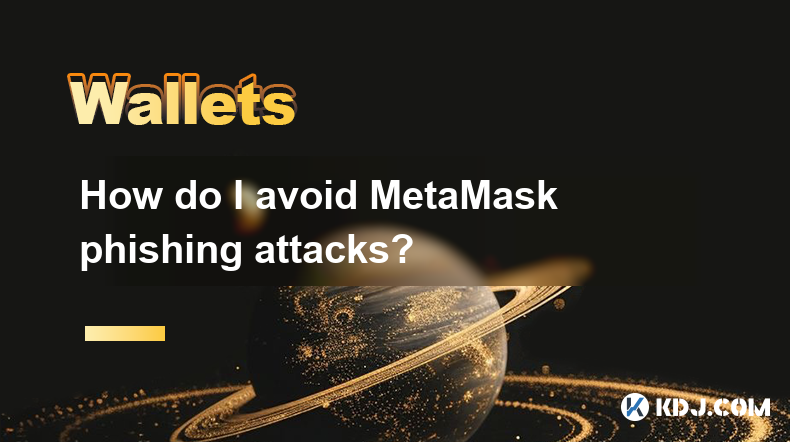
How do I avoid MetaMask phishing attacks?
Apr 12,2025 at 04:42am
Understanding MetaMask Phishing AttacksMetaMask is a popular cryptocurrency wallet that allows users to manage their Ethereum and other compatible tokens directly in their web browsers. However, its popularity has made it a prime target for phishing attacks. Phishing attacks are fraudulent attempts to steal users' sensitive information, such as private ...
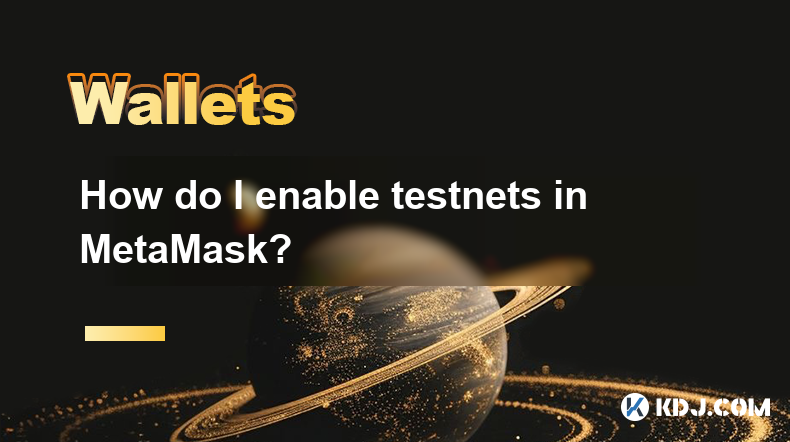
How do I enable testnets in MetaMask?
Apr 12,2025 at 04:01am
Enabling testnets in MetaMask is a straightforward process that allows you to interact with various test networks for testing and development purposes. Here’s a detailed guide on how to enable testnets in MetaMask, along with explanations of what testnets are and why they are important. What Are Testnets?Testnets, or test networks, are alternative block...
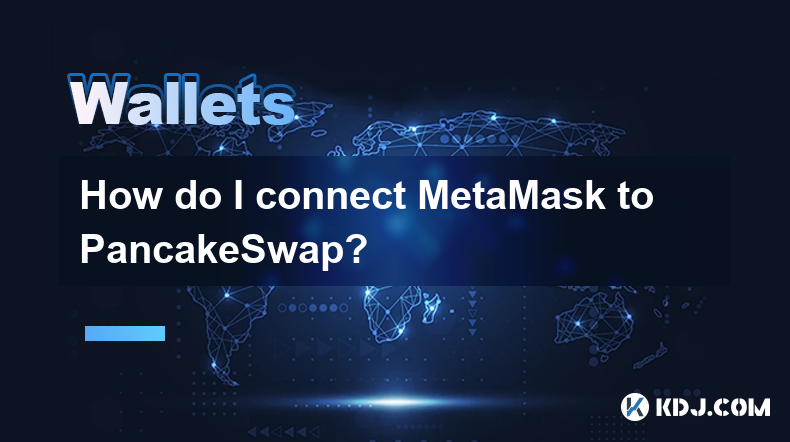
How do I connect MetaMask to PancakeSwap?
Apr 12,2025 at 05:08am
Connecting MetaMask to PancakeSwap is a straightforward process that allows you to interact with the decentralized exchange on the Binance Smart Chain (BSC). This guide will walk you through the steps to set up and connect your MetaMask wallet to PancakeSwap, ensuring you can trade tokens seamlessly. Setting Up MetaMask for BSCBefore you can connect to ...
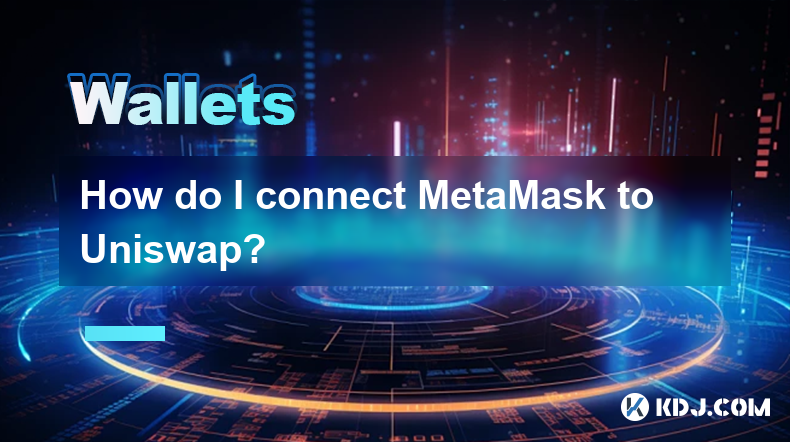
How do I connect MetaMask to Uniswap?
Apr 12,2025 at 03:14am
Connecting MetaMask to Uniswap is a straightforward process that allows you to interact with one of the most popular decentralized exchanges (DEXs) on the Ethereum blockchain. In this guide, we will walk you through the steps to connect your MetaMask wallet to Uniswap, ensuring you can trade tokens seamlessly. Installing MetaMaskBefore you can connect t...
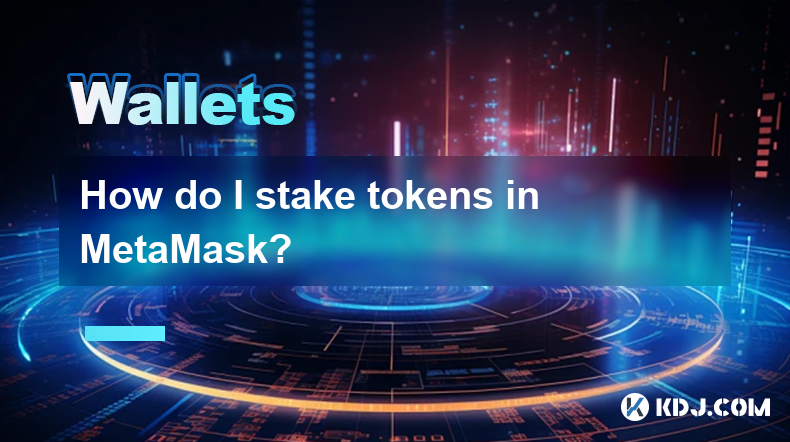
How do I stake tokens in MetaMask?
Apr 12,2025 at 12:14am
Introduction to Staking in MetaMaskStaking has become a popular way for cryptocurrency holders to earn passive income by participating in the validation of blockchain transactions. MetaMask, a widely-used Ethereum wallet, now supports staking for certain tokens directly within its platform. This article will guide you through the process of staking toke...
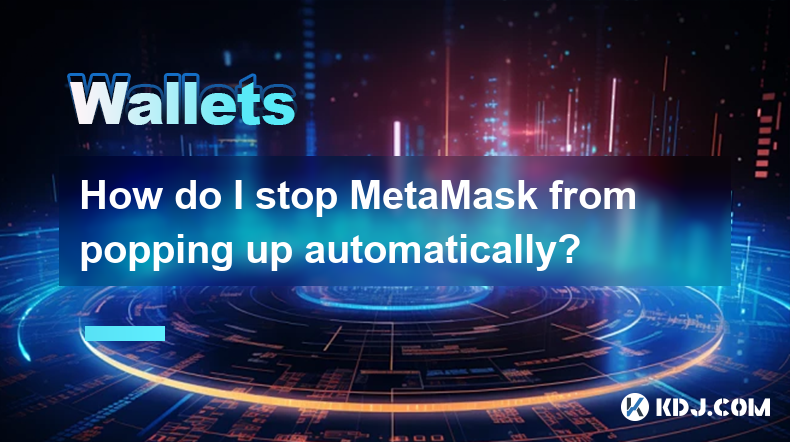
How do I stop MetaMask from popping up automatically?
Apr 11,2025 at 11:14pm
Understanding the Issue with MetaMask Automatic Pop-upsMetaMask is a popular cryptocurrency wallet and gateway to blockchain applications. Users often find that the extension pops up automatically, which can be both annoying and disruptive. This behavior typically occurs when a website or application attempts to interact with the Ethereum blockchain, pr...

How do I avoid MetaMask phishing attacks?
Apr 12,2025 at 04:42am
Understanding MetaMask Phishing AttacksMetaMask is a popular cryptocurrency wallet that allows users to manage their Ethereum and other compatible tokens directly in their web browsers. However, its popularity has made it a prime target for phishing attacks. Phishing attacks are fraudulent attempts to steal users' sensitive information, such as private ...

How do I enable testnets in MetaMask?
Apr 12,2025 at 04:01am
Enabling testnets in MetaMask is a straightforward process that allows you to interact with various test networks for testing and development purposes. Here’s a detailed guide on how to enable testnets in MetaMask, along with explanations of what testnets are and why they are important. What Are Testnets?Testnets, or test networks, are alternative block...

How do I connect MetaMask to PancakeSwap?
Apr 12,2025 at 05:08am
Connecting MetaMask to PancakeSwap is a straightforward process that allows you to interact with the decentralized exchange on the Binance Smart Chain (BSC). This guide will walk you through the steps to set up and connect your MetaMask wallet to PancakeSwap, ensuring you can trade tokens seamlessly. Setting Up MetaMask for BSCBefore you can connect to ...

How do I connect MetaMask to Uniswap?
Apr 12,2025 at 03:14am
Connecting MetaMask to Uniswap is a straightforward process that allows you to interact with one of the most popular decentralized exchanges (DEXs) on the Ethereum blockchain. In this guide, we will walk you through the steps to connect your MetaMask wallet to Uniswap, ensuring you can trade tokens seamlessly. Installing MetaMaskBefore you can connect t...

How do I stake tokens in MetaMask?
Apr 12,2025 at 12:14am
Introduction to Staking in MetaMaskStaking has become a popular way for cryptocurrency holders to earn passive income by participating in the validation of blockchain transactions. MetaMask, a widely-used Ethereum wallet, now supports staking for certain tokens directly within its platform. This article will guide you through the process of staking toke...

How do I stop MetaMask from popping up automatically?
Apr 11,2025 at 11:14pm
Understanding the Issue with MetaMask Automatic Pop-upsMetaMask is a popular cryptocurrency wallet and gateway to blockchain applications. Users often find that the extension pops up automatically, which can be both annoying and disruptive. This behavior typically occurs when a website or application attempts to interact with the Ethereum blockchain, pr...
See all articles























































































